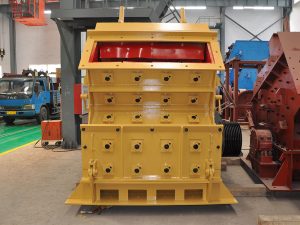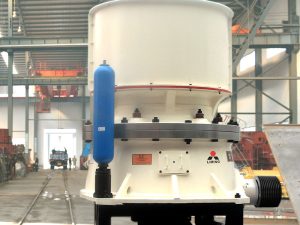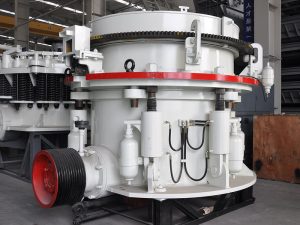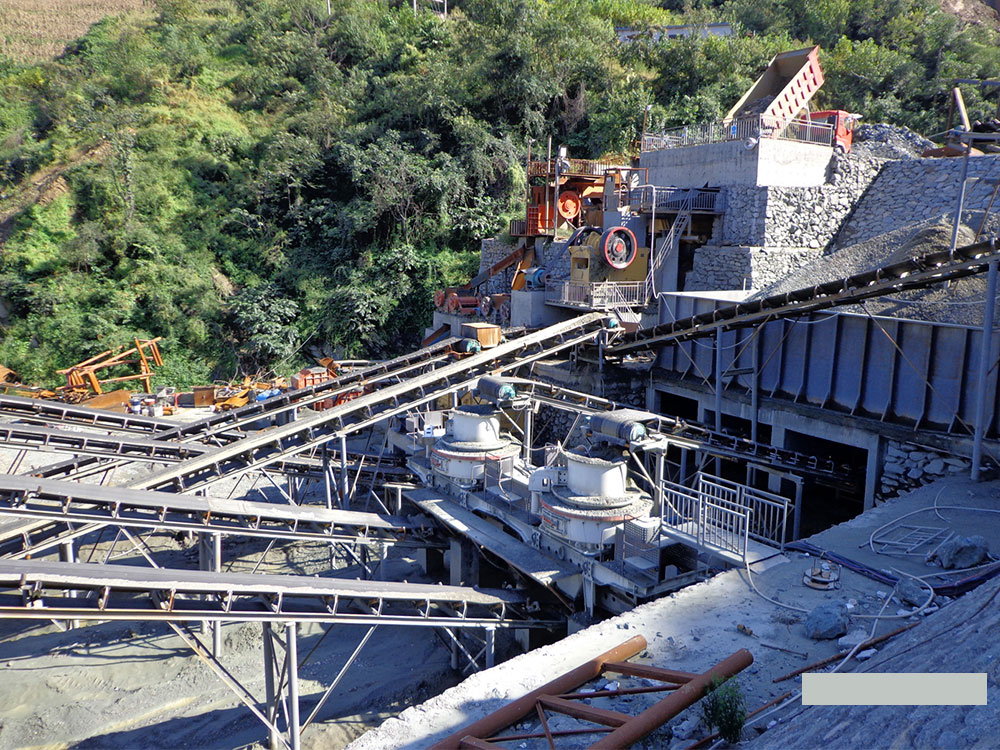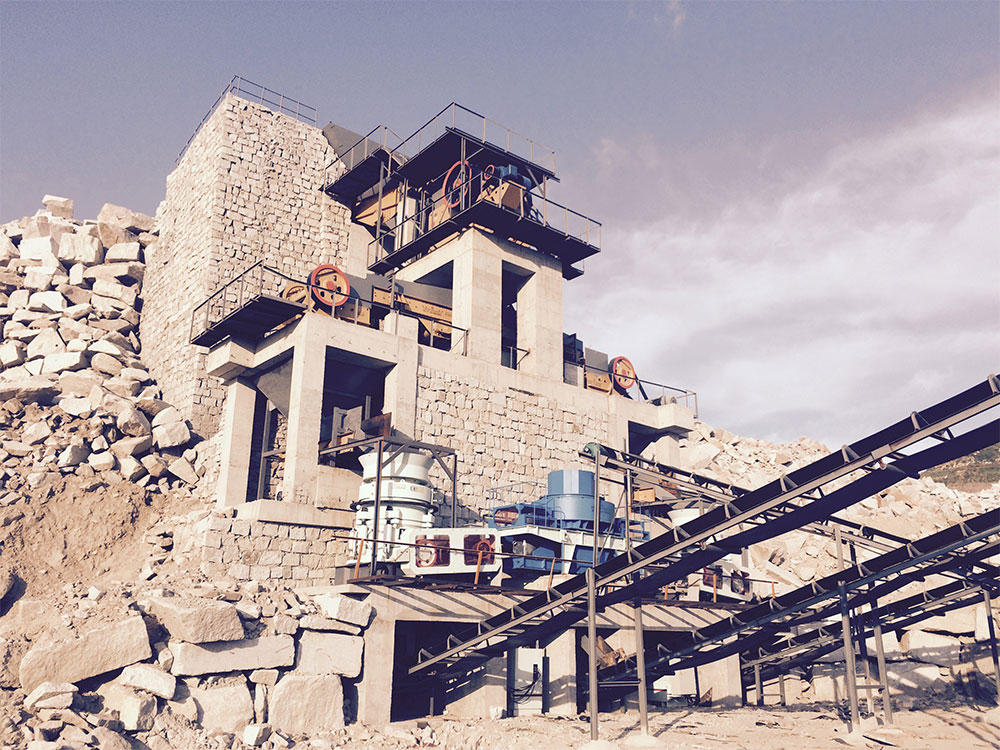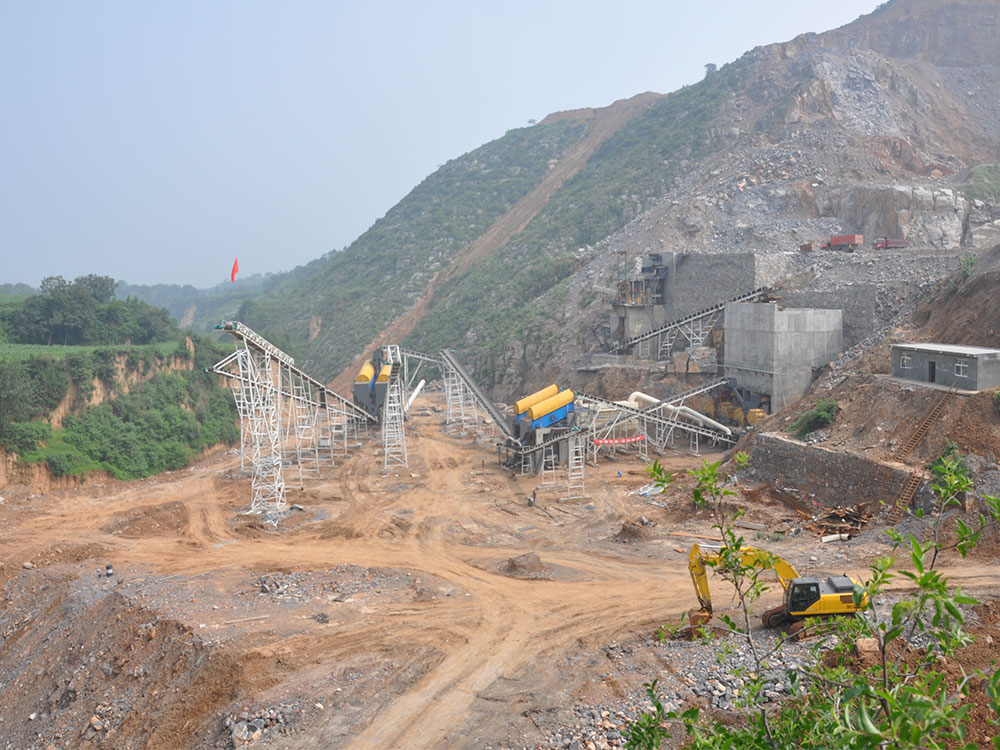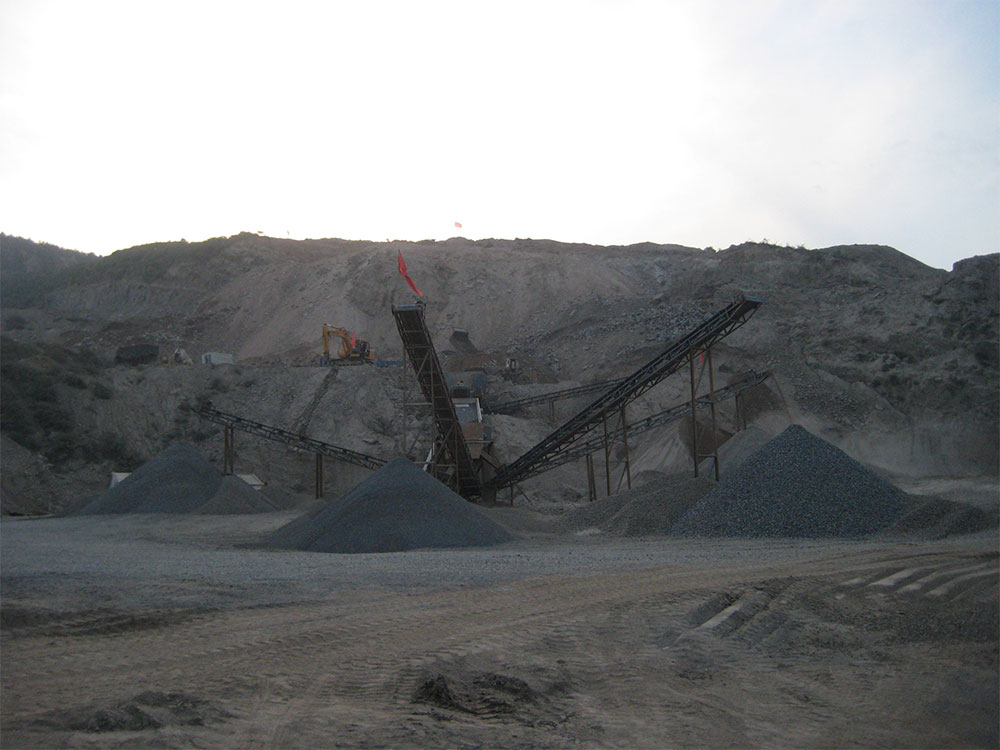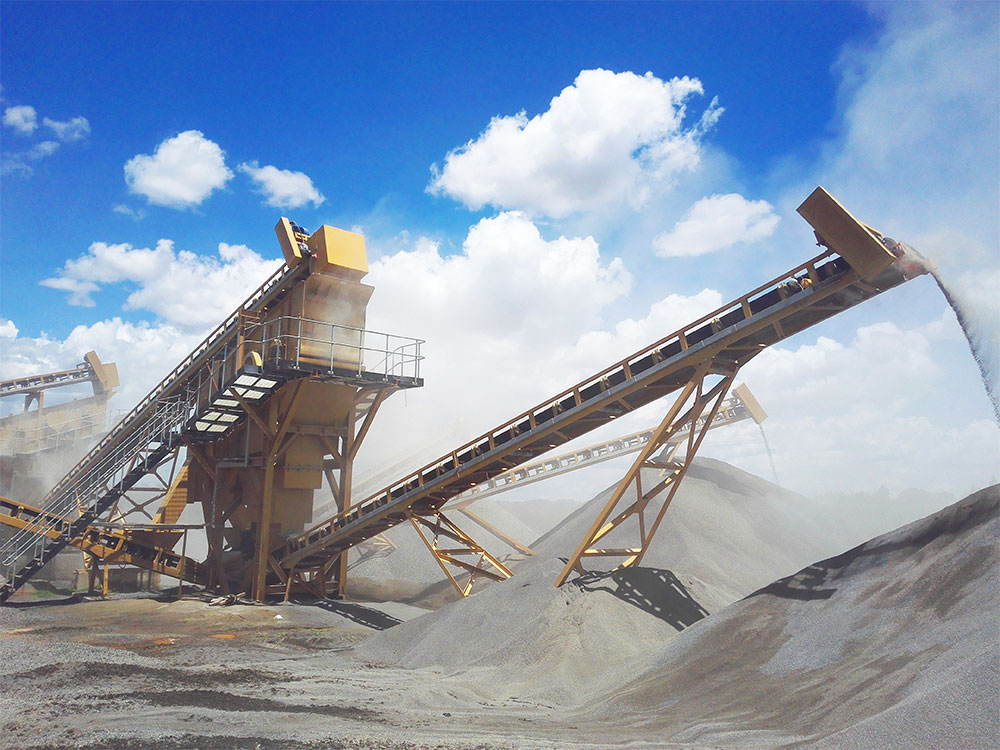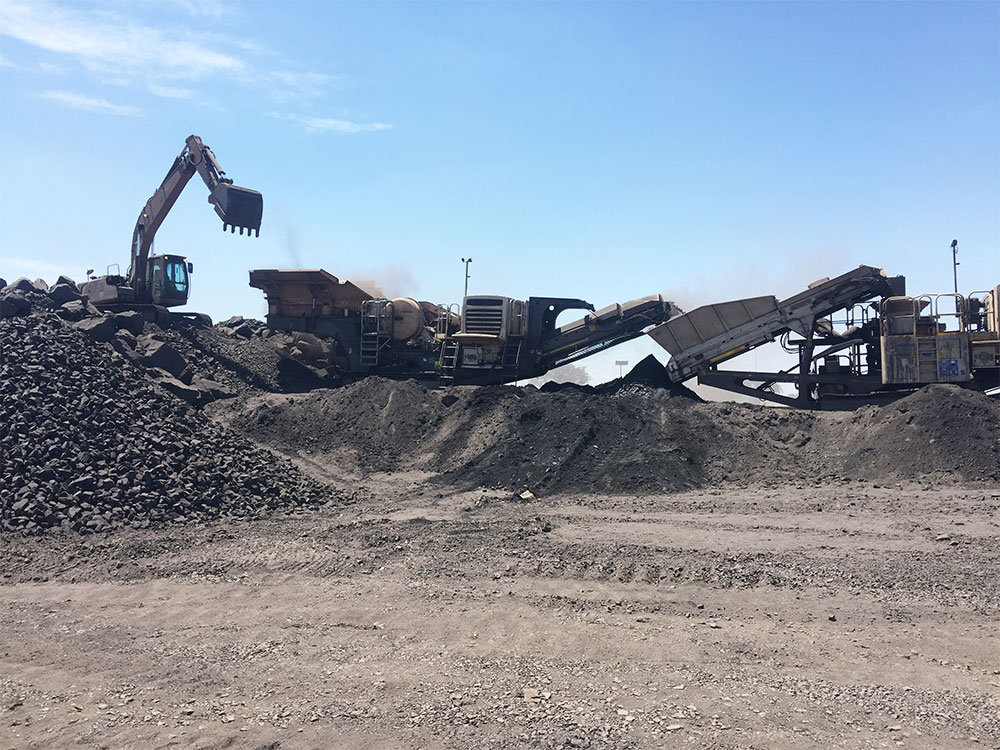Optimizing the configuration of an iron ore production line is critical for maximizing efficiency, reducing operational costs, and ensuring sustainable mining practices. This guide explores the iron ore production line configuration process, covering its working principles, applications, technical specifications, and best practices. Whether you’re a mining operator, engineer, or industry stakeholder, this article will provide actionable insights to streamline your project.
Core Principles of Iron Ore Processing
An iron ore production line transforms raw ore into marketable concentrates through a series of mechanized and chemical processes. The workflow typically includes:
1. Crushing and Screening: Primary, secondary, and tertiary crushers reduce ore size, while vibrating screens classify particles for downstream processing.
2. Grinding: Ball mills or rod mills pulverize ore into fine particles to liberate iron minerals from gangue.
3. Beneficiation: Magnetic separation, flotation, or gravity methods concentrate iron content.
4. Dehydration: Filters or thickeners remove moisture from the final product.
A well-configured iron ore processing line ensures minimal waste, energy efficiency, and adaptability to varying ore grades.
Applications of a Modern Iron Ore Production Line
Properly configuring an iron ore production line benefits industries such as:
- Steel Manufacturing: High-purity iron concentrate feeds blast furnaces and direct reduction plants.
- Construction and Infrastructure: Processed ore supports cement production and road base materials.
- Automotive and Machinery: Durable steel components rely on consistent iron quality.
The flexibility of a customized iron ore processing line allows operators to adapt to hematite, magnetite, or limonite ores, catering to regional mineralogical variations.
Key Steps to Configure an Iron Ore Production Line
Step 1: Ore Characterization and Testing
Before designing your iron ore production line configuration, conduct thorough ore testing. Key parameters include:
- Mineral Composition: Identify iron content (Fe%), gangue minerals, and impurities.
- Particle Size Distribution: Determine optimal crushing and grinding requirements.
- Magnetic Susceptibility: Assess suitability for magnetic separation.
Step 2: Selecting Equipment for the Iron Ore Processing Line
Choose machinery based on ore properties and production goals:
- Crushers: Jaw crushers (primary), cone crushers (secondary).
- Grinding Mills: Ball mills (for fine grinding) or SAG mills (semi-autogenous).
- Separation Systems: Wet drum magnetic separators (for magnetite) or spiral classifiers (for hematite).
- Auxiliary Systems: Conveyors, feeders, and dust control units.
Step 3: Layout Design and Optimization
A logical iron ore production line layout minimizes material handling and energy consumption:
- Position crushers close to mining faces to reduce transport distances.
- Integrate modular designs for scalability.
- Ensure compliance with environmental and safety regulations.
Technical Parameters for Configuring an Iron Ore Production Line
Equipment Specifications
When planning your iron ore processing line, prioritize the following technical metrics:
Equipment Key Parameters
Jaw Crusher Feed size: ≤1500 mm, Capacity: 200–1500 t/h
Ball Mill Power: 500–10,000 kW, Output: 5–200 t/h
Magnetic Separator Field Intensity: 1000–6000 Gauss
Thickener Diameter: 10–100 m, Underflow Density: 60–70%
System-Wide Metrics
- Throughput: 500–50,000 tonnes per day (scalable).
- Recovery Rate: 85–95% for high-grade ores.
- Energy Consumption: 15–25 kWh per tonne of ore processed.
Advanced Strategies for Optimizing Your Iron Ore Production Line
Automation and Smart Control Systems
Modern iron ore production lines leverage IoT sensors and AI-driven analytics to:
- Monitor real-time equipment performance.
- Predict maintenance needs, reducing downtime.
- Adjust processing parameters dynamically (e.g., feed rate, separator intensity).
Sustainable Practices in Iron Ore Processing
- Water Recycling: Closed-loop systems minimize freshwater usage.
- Tailings Management: Dry stacking or backfilling reduces environmental impact.
- Energy Recovery: Waste heat from grinding can power adjacent operations.
Challenges in Iron Ore Production Line Configuration
Addressing Variable Ore Quality
Fluctuating iron grades require a flexible iron ore processing line design. Solutions include:
- Modular equipment for quick reconfiguration.
- Blending ores from multiple sources to stabilize feed quality.
Cost Management
- Opt for energy-efficient motors and renewable energy integration.
- Partner with equipment suppliers offering lifecycle support.
Case Study: Successful Iron Ore Production Line Deployment
A mining company in Western Australia achieved a 30% productivity boost by reconfiguring their iron ore production line. Key improvements included:
- Replacing outdated jaw crushers with hybrid models (20% energy savings).
- Implementing AI-based predictive maintenance (15% fewer unplanned stops).
- Upgrading to high-intensity magnetic separators (recovery rate increased to 92%).
Configuring an efficient iron ore production line demands a balance of technical expertise, advanced equipment, and sustainability-focused design. By prioritizing ore testing, smart technology integration, and adaptive layouts, operators can achieve higher yields, lower costs, and compliance with global environmental standards.
For tailored guidance on your iron ore production line configuration, consult industry experts and leverage cutting-edge solutions to stay competitive in the evolving mining sector.


